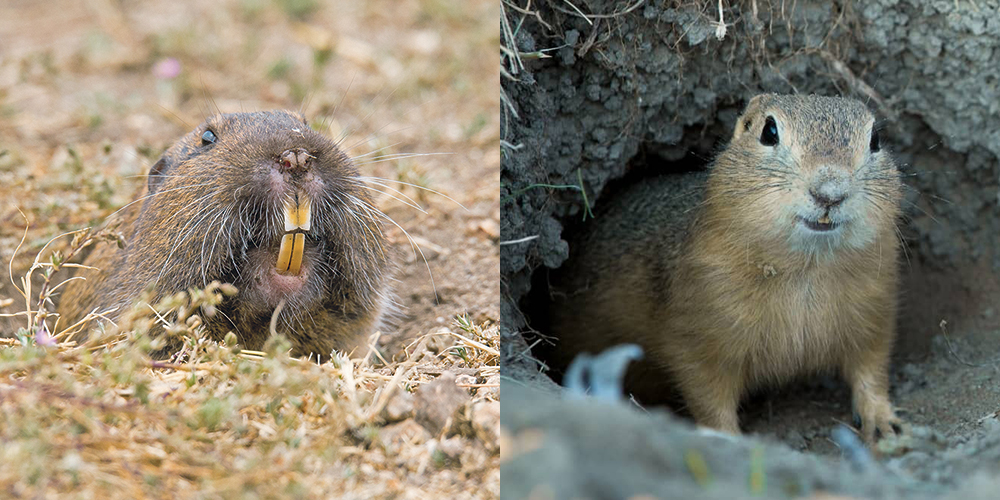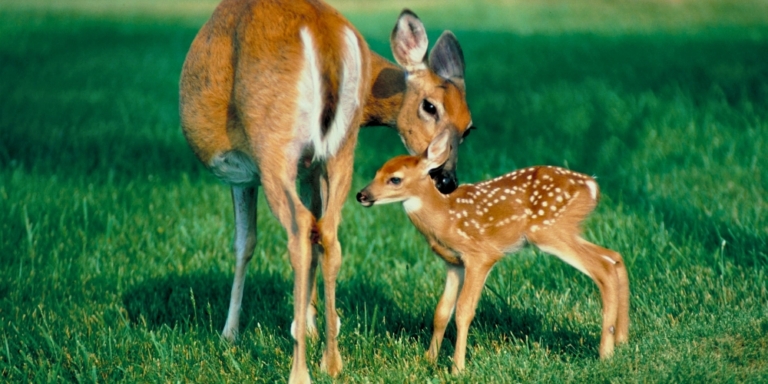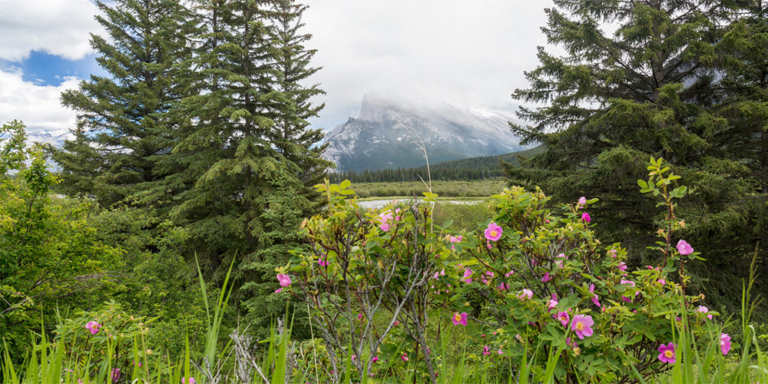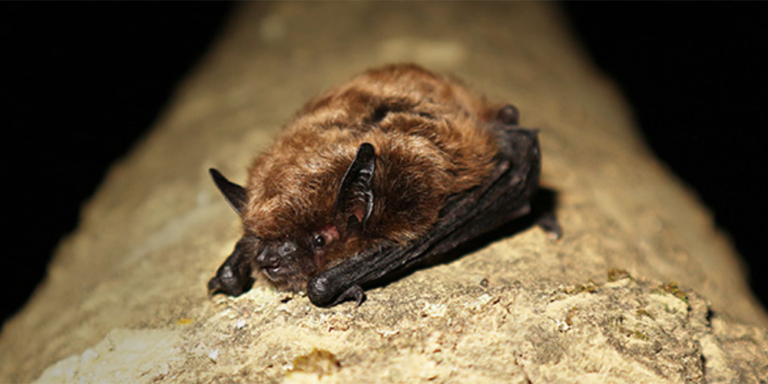With the nicer weather comes all sorts of wildlife, but some animals are more welcome than others.
Grizzly bears emerging from their winter sleep tend to attract news headlines, making hikers and campers nervous.
Another critter that makes people nervous is the rattlesnake.
Last week, a rattlesnake wrangler from Lethbridge found his first rattlesnake of the season.
In Alberta, rattlesnakes usually enter their dens in late September and emerge sometime in late April.
As a general rule of thumb, rattlesnakes won’t begin to hibernate until temperatures are consistently below 15°C.
Like most hibernating animals, rattlesnakes leave their dens as temperatures rise. Hence, seeing them around this time of year isn’t unusual.
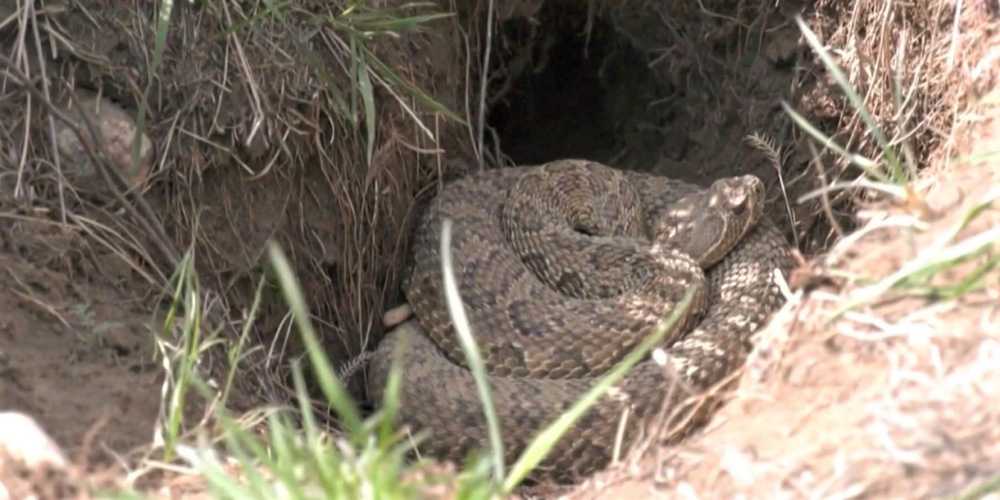

Dangerous Neighbours?
There are eight subspecies of Western rattlesnake in North America, but only one, the prairie rattlesnake, is found in Alberta.
The prairie rattlesnake is found mainly in the southeast of the province in natural grasslands, prairie river valleys, coulees and badlands.
Lethbridge happens to be a hotspot for prairie rattlesnakes, with most rattlesnakes slithering about in the city’s river valley and in west Lethbridge.
If you live in Lethbridge, don’t go selling your house just yet.
The odds of running into a rattlesnake are low.
The odds of being bitter are even lower.
You are more likely to be struck by lightning than bitten by a rattlesnake.
According to a 2011 CBC article, there have been only three recorded deaths from rattlesnake bites in Canada over the past several decades.
However, a 2017 research study claims snake bites occur fewer than 100 times annually in Canada, and that no deaths have been reported.
Pick the statistic that will help you sleep at night.“I’ve talked to people who have lived here their entire life, and they have never come across a rattlesnake,” Curtis Goodman, who works at the Helen Schuler Nature Centre, told CTV News.
Mostly ‘Armless’
Rattlesnakes are venomous reptiles known for their broad, triangular heads and rattle.
They can grow up to a metre long and range in colour from light to dark brown.
Prairie rattlesnakes are lightly coloured in shades of brown, beige, and green and often have patches of darker colours along their back.
Of Alberta’s six snake species, the prairie rattlesnake is the only one with venom that can harm humans.
A rattlesnake’s diet consists mainly of rodents, birds, and other small mammals. The scaly creatures might sound scary, but these sly fellows are incredibly shy.
A rattlesnake will usually move away from people. It uses its rattle as a defensive warning or to distract prey.
In 10 to 20 percent of rattlesnake bites, the creatures do not release venom, likely because they don’t see humans as prey.
However, rattlesnake venom is very dangerous and contains a mixture of neurotoxins and hemotoxins that can cause painful swelling, tissue damage, muscular paralysis, and death.
Across North America, less than one percent of all snake bites are fatal.
If a rattlesnake is nearby, you will likely hear the animal before seeing it. If you find a rattlesnake in the wild, give it space and back away.
However, if you encounter a rattlesnake in an unnatural environment, like your home, call a professional to remove the animal. Lethbridge actually has a rattlesnake hotline, 403-332-6806, that can be called if spot a snake on your property.
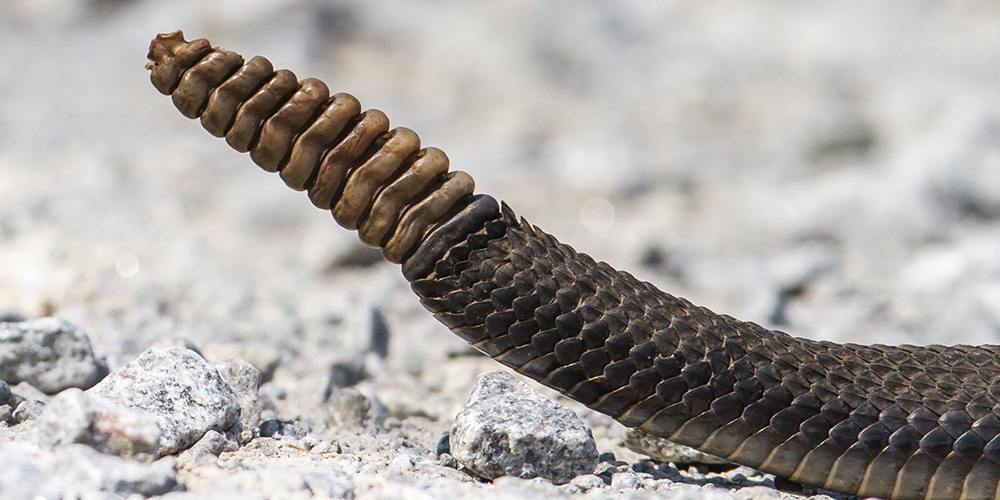

A Sensitive Species
Historically, the prairie rattlesnake was found as far north as Trochu and almost as far west as Calgary.
However, before the 1960s, the species moved towards the east and south.
Unfortunately, the population of prairie rattlesnakes has declined significantly due to habitat loss, roadkill, and humans killing the animals, intentionally or unintentionally.
The main factor affecting our province’s prairie rattlesnake population is land use, which includes agriculture, urban, energy, and road development.
These activities can kill snakes and destroy their dens.
However, there is some evidence that the species’ population has rebounded or remained stable in some protected areas, including Dinosaur Provincial Park.
Many initiatives are underway to learn more about the species’ population, distributions, and mortality.
In 2000, Alberta announced a project to collect and review information on prairie rattlesnake dens and their surrounding habitat.
Collecting information about prairie rattlesnakes allows us to understand better and protect these animals.
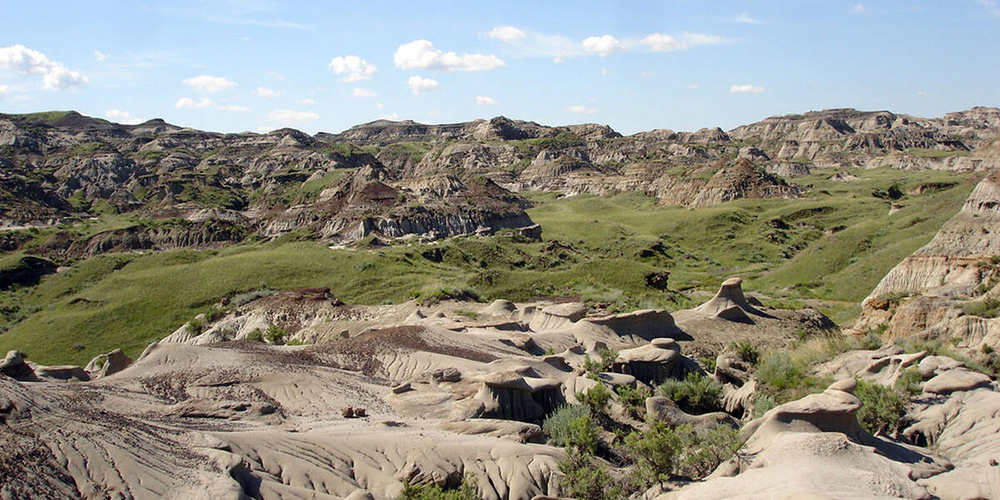

A Great Farmhand!
But why protect rattlesnakes in the first place if they are dangerous?
Like most predators, rattlesnakes are important in controlling small mammal populations. But rattlesnakes also make great farmhands.
According to Joel Nicholson, a senior wildlife biologist at Alberta Environment and Parks, some ranchers happily share their land with rattlesnakes because they eat ‘gophers’ – the colloquial term for Richardson’s ground squirrels.
They also eat actual gophers, the Northern pocket gopher, which is a rodent that lives most of its life underground and that Albertans call a ‘mole’
But there are no actual mole species that live in Alberta.
Complicated eh?
Both ground squirrel burrows and gopher mounds are infamous for damaging farm equipment and injuring livestock. Both rodents can also reduce forage yields by almost 50 percent.
But predators such as rattlesnakes and hawks can keep rodent populations in check.
In Alberta, rattlesnakes and their hibernation sites are protected year-round. The snakes can’t be killed or collected, and the hibernacula can’t be damaged or altered.
Other snakes in Alberta, like the western hognose and bull snake, receive the same protection.
The conservation status of the rattlesnake in Alberta in 2020 was classed as ‘sensitive.’
In Alberta, sensitive means “any species that is not at risk of extinction or extirpation but may require special attention or protection to prevent it from becoming at risk.”
Count yourself luck if you ever get to see one.
